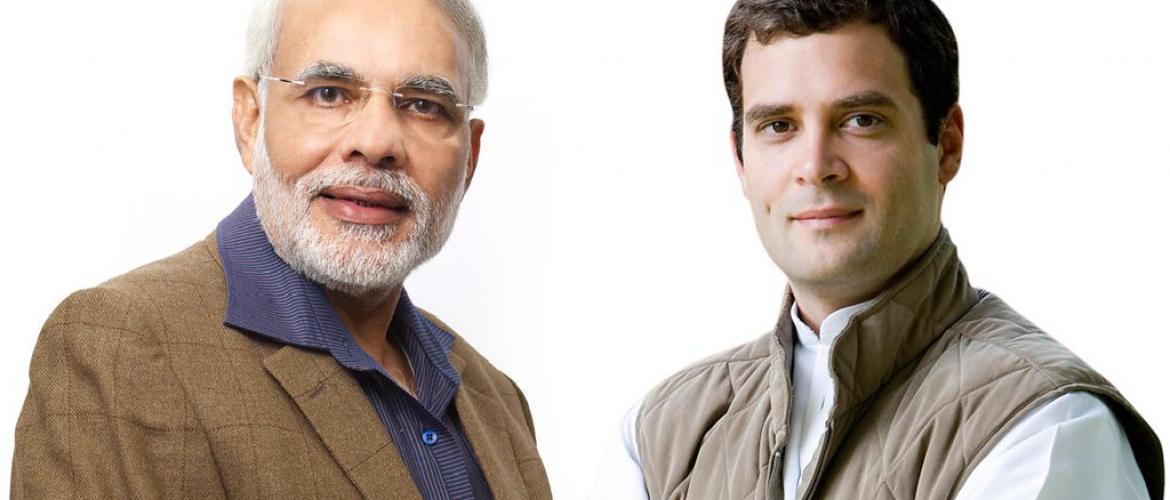The BJP campaign juggernaut continues to roll as the INC gathers steam in key battleground states across Central India in the lead up to the world’s largest elections.
Background
A presidential democracy is a form of government in which the executive branch is elected separately from the legislative branch. The chief executive, the president, is elected for a fixed term and cannot be removed except by extraordinary measures. The powers vested in the president are usually balanced against those vested in the legislature. In the American presidential system, the legislature must debate and pass bills. The president has the power to veto a bill, preventing its adoption. However, the legislature may override the president's veto if it can muster enough votes.
A parliamentary democracy is a form of representative democracy in which political power is vested in an elected legislature, but the executive and legislative branches are not separate. The elected legislature (parliament) chooses the chief executive (prime minister). The legislature may remove the prime minister at any time by a vote of no confidence and often approves the prime minister's cabinet members. The fusion of the legislative and executive branches in the parliamentary system leads to party members voting along party lines.
India’s Constitution guarantees a Parliamentary democracy, based on the Westminster style of the UK, and ensures a multi-party political environment, proportional representation and the first-past-the-post system of electoral victory. Our bicameral central legislature is a mix of direct and indirect democracies with the lower house (Lok Sabha) being subject to a direct vote whereas the Upper House (Rajya Sabha) being elected by an indirect vote.
Are we sliding?
The run-up to the 2019 elections has not been very different from the 2014 General Elections: Narendra Modi’s personality has been projected on every candidate holding a BJP ticket, while simultaneously casting a long shadow on BJP’s contenders. The campaigns have been colourful, expressive but low on substance. The manifestos have been expertly crafted by specialists in every major field conceivable. However, the majesty of our parliamentary elections is drowning in a cacophony of cheap shots and character assassinations.
The incumbent Bharatiya Janta Party has 282 Members of Parliament (MPs), neither of whom seem to be too keen on campaigning on issues beyond what PM Modi champions online. Some MPs are too dependent on the “Modi factor” carrying them to victory to such an extent that they forget all the good work they have done in their respective constituencies in the past five years. It is assumed that the party in power will use the incumbent PM to the campaign but the MPs have almost forgotten how to campaign after the resounding victory in 2014. “A vote for me is a vote for Narendra Modi” or “If you want Modiji as PM, vote for me” were and continue to be the stump speeches for almost all BJP MPs who are contesting elections this year. It is not a coincidence that no MPs is banking on his/her performance during the last session to win, nor are they exploring an agenda to establish their own identity.
The entire campaign season can be boiled down to one astonishingly minimal equation: Narendra Modi vs Rahul Gandhi. This, by itself, is abhorrent to the concept of a parliamentary democracy. The MPs escape scrutiny when there is a cult of personality protecting them against individual criticism. Performances of MPs as a metric to adjudge a potential candidate is thrown out the window when a single leader appears to be the only relevant factor worth considering.
It is surprising that the INC, which predates the union itself, fails to keep up the parliamentary style of democracy. Even their prominent MPs like Shashi Tharoor have openly advocated for a more presidential style democracy instead of pressing the government to focus on issues.
Another reason why the Presidential style is not suited for India is the largely uneducated rural voter base, who may not fully comprehend the powers of a President or the importance of a Presidential debate before they vote.
India’s Parliamentary system suits its large, diverse population which guarantees proportional representation in the legislature. The division of powers in a parliamentary system prevents unilateral decisions like a spot demonetization from disrupting the everyday life of citizens. The separation of powers in a parliamentary system prevents the centralization of power in a quasi-federal system like India.

